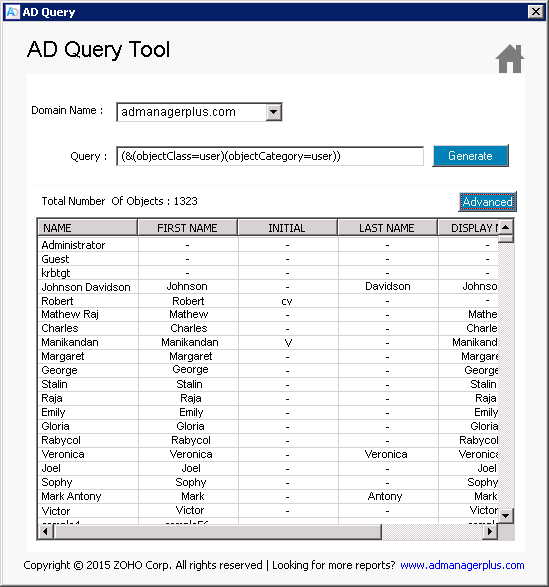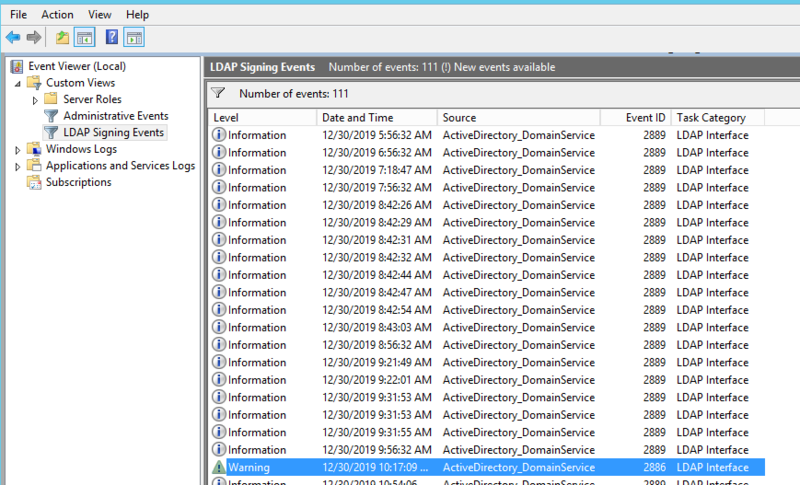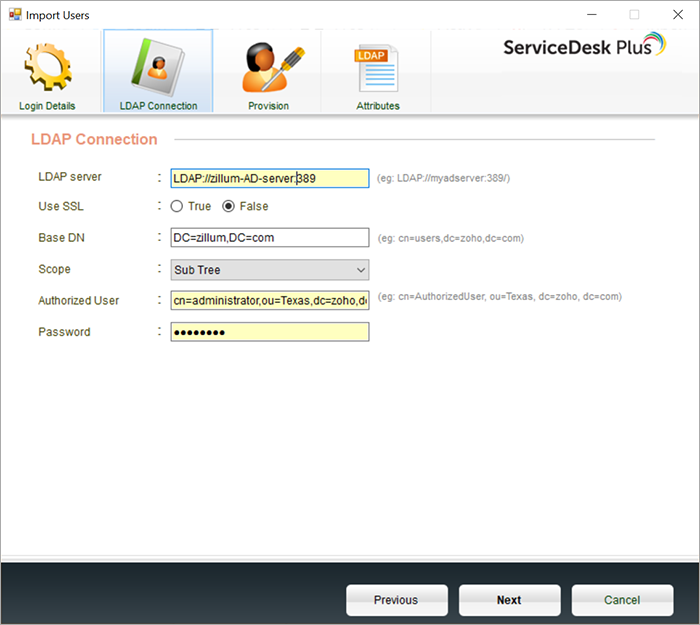
Unauthenticated Authentication: this should not grant access it is for logging purposes only.Anonymous Authentication: as the name suggests, this gives anonymous status to LDAP.Simple authentication allows you to authenticate via three different methods: Let’s first take a look at simple authentication. LDAP Authentication Explainedįirstly, there are two different types of LDAP authentication simple and Simple Authentication and Security Layer (SASL). In fact, many different directory services and access management solutions can understand LDAP, making it widely used across environments without Active Directory as well. How Active Directory and LDAP Work TogetherĪctive Directory supports LDAP, meaning you can combine the two to help you improve your access management. As far as directory services go, Microsoft Active Directory is by far the most common in use today, in no small part because it is easy to use, secure, provides single sign on and works well in business environments or over VPN. What is Active Directory?Īctive Directory (or AD) is a directory services implementation that provides authentication functionality, group and user management, policy administration and more. This is important because directory services store and share important sensitive information to do with users, passwords and computer accounts.

LDAP enables applications to communicate with other directory services servers. Lightweight Directory Access Protocol (or LDAP) is essentially an open and cross platform protocol that is used for directory services authentication.


So, with that in mind, let’s take a look at what LDAP is and the role it plays in Active Directory security. Understanding LDAP plays an important part of getting to know your Active Directory better and preventing data breaches and unauthorized access. If an attacker gets into one of your user accounts, any you don’t know that it’s happened, it’s only a matter of time before you are the victim of a disastrous data breach (especially is this user account has special privileges). Active Directory plays such an important part in the makeup of most organizations’ IT infrastructure, that it automatically becomes the first target for attackers.


 0 kommentar(er)
0 kommentar(er)
